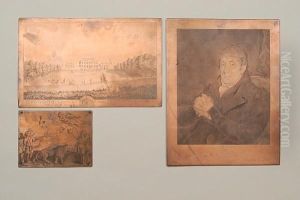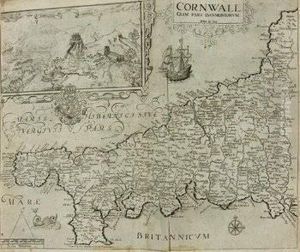William Camden Edwards Paintings
William Camden Edwards was a British engraver and printmaker known primarily for his works during the late 18th and early 19th centuries. Born in 1777 in Monmouthshire, Wales, he developed an interest in art at an early age. Although information about his early life and training is relatively scarce, it is known that he became skilled in the art of engraving, which involves etching designs onto metal plates, usually for the purpose of printing images on paper.
Edwards moved to London to pursue his career as an engraver, where he became associated with some of the leading artists and publishers of his time. He specialized in line engraving, a technique that was popular during this period for reproducing paintings and other works of art. His engravings covered a variety of subjects, including landscapes, portraits, and historical scenes.
Throughout his career, Edwards contributed to numerous important publications of the era. These often included books and periodicals that featured illustrations requiring the fine detail that skilled engravers like Edwards could provide. His work was characterized by its precision and clarity, demonstrating a strong command of the engraver's burin, the tool used to incise the metal plate.
Despite his contributions to the field of printmaking, William Camden Edwards did not gain the same level of fame as some of his contemporaries. Nevertheless, his engravings were appreciated for their technical quality and aesthetic appeal. He continued to work well into the 19th century, reflecting the transition in the art world as the tastes and technologies of the Victorian era began to emerge.
William Camden Edwards passed away in 1855, leaving behind a body of work that, while not widely renowned, played a role in the dissemination of visual culture during his lifetime. His engravings remain of interest to collectors and historians of printmaking, illustrating the craftsmanship and attention to detail that characterized the work of engravers in the late Georgian and early Victorian periods.

